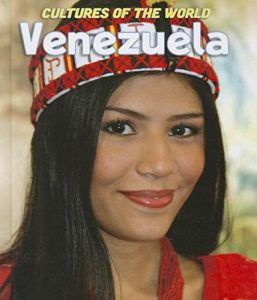Many years ago, the storytellers say, the great King Arthur brought justice to England with the help of his gallant knights of the roundtable. While most of King Arthur’s knights freely chose a life of duty, for Sir Balin the Ill-Fated, destiny was foretold in a prophecy. And seriously, “ill-fated” is right there in his title, so Balin’s not surprised when things go sour. Still, no matter how dire the task, a loyal and gallant knight never refuses adventure! Will Sir Balin finally discover his true destiny? And which ill-fated path will he have to choose? Join Balin on this, the noblest quest of all. With black-and-white drawings from acclaimed artist Aaron Renier throughout.
Author: Book Importer
Alek
A very small boy called Doup once came with the Crow-girl to make his home in Crow Cave, a tine community nestled by the sea. Now he has grown and is ready to leave behind childish things: he reclaims his birth name, Alek, and travels away from Crow Cove to the fishing village of Last Harbor to visit his older brother. One night, Alek awakens from a deep sleep to see two points of light at the end of the beach, where all should be dark. When he investigates, he witnesses a terrible crime: shipwreckers have lured a boat to crash upon the rocky shore and are in the process of killing all the survivors. He is not the only witness. A beautiful girl has escaped…at least for now. Alek must keep her safe while waiting for the chance to bring the murders to justice. Dramatic, poignant, and moving, this is the final book in the much-acclaimed Children of Crow Cove series.
Australia
Liberator
Col Porpentine has come a long way from begin the pampered future leader of Worldshaker. Just a few short months ago he helped Riff free the Filthies from generations of servitude, and created a new balance on the massive juggernaut, newly christened Liberator. Now the Filthies command Liberator, and many Swanks, former members of the upper class, have remained to teach them how to operate the juggernaut , and to build a new society together. But all is not peaceful on Liberator. A rising anti-Swank sentiment among the more fanatical Filthy factions grows increasingly violent and dangerous. And an anti-Filthy saboteur is loose aboard the ship. Even the one thing Col thought he could always depend upon–his friendship with Riff– is beginning to crumble. As tensions run high and the coal supply runs low, Liberator is on the verge of a crisis. Col and Riff are faced with their most challenging task yet: unifying a divided people…before it’s too late.
Richard Harland returns to the world of Worldshaker withe a heart-stopping sequel that will take readers on a ride to places they’ve never imagined.
The Invaders
Libya
Mexico (Cultures of the World)
Brave Music of a Distant Drum
Ama is a slave. She is old and dying and has an incredible story to tell. It is about violence and heartaches, but it is also a story of courage, hope, determination and ultimately, love. Since Ama is blind, she cannot write down her story for future generations. Instead, she summons the son from whom she has been long separated. at first he thinks she’s old and tiresome. But as Ama’s astonishing journey unfolds in her own words, his world changes forever, until he can never see it with the same eyes again. Nor will those who read Ama’s story.





